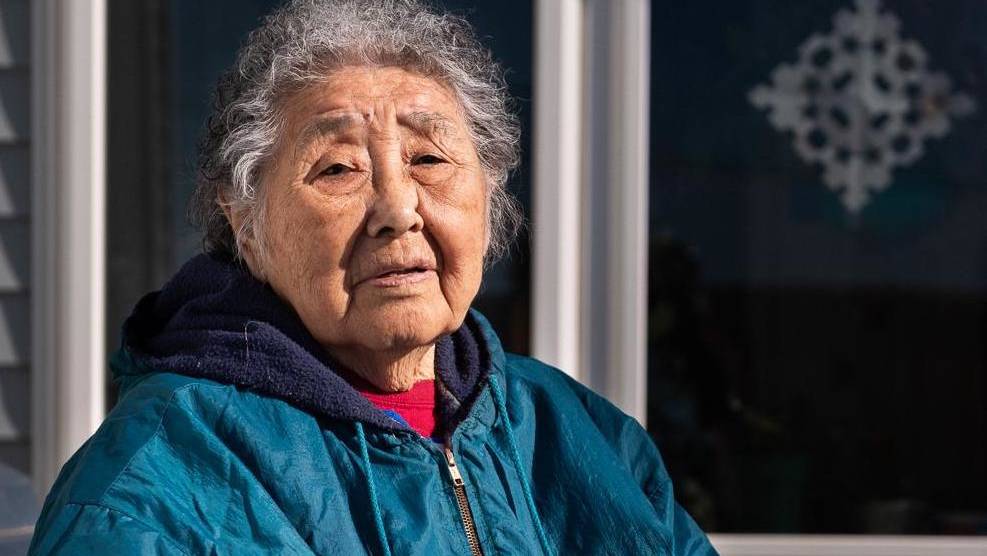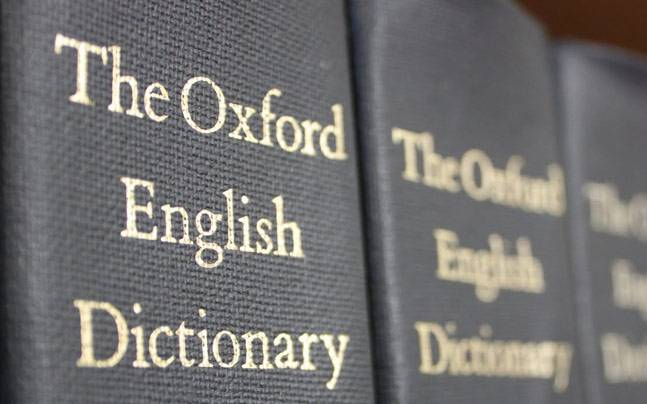
Elder Eula Acurunaq David died on May 29 at the age of 90. Originally from Scammon Bay, David was a worldly, culturally fluid and fluent woman who went on to live in Fortuna Ledge, Mekoryuk, and eventually Bethel.
She traveled widely across the region and outside of Alaska. She spoke three languages: Yup’ik, Iñupiat, and English. She had a long and robust career as a community health aide in Mekoryuk and later as a medical translator in Bethel.
David was born on Oct. 30, 1930, nearly a century ago, on the heels of the “great sickness.” Stories from her parents’ experience with the flu and measles epidemic shaped her childhood, and she shared some of them with KYUK after the pandemic hit last year.
“Gussuk people hired Yup’ik people along the Yukon River to clean those tents that have dead people in there. So many Yup’iks went to clean those places. They dug a great big hole and buried all those bodies. Those are the stories that I used to hear about the bad sickness,” David said.
The great sickness happened about 30 years before David was born, but in a region where scholars estimate that a quarter to half of the population died, its effects were still deeply felt during David’s lifetime.
And that wasn’t the end of it. A tuberculosis epidemic hit during David’s adolescence. She had to travel out of state for treatment and ended up translating for other Yup’ik speakers affected by the disease. Her daughter, Eva Malvich, said that tells a lot about David’s selflessness.
“Her life was about service to others. She stayed behind at Tacoma Indian Hospital and gave up her time so others [could] get treatment for [tuberculosis]. She stayed longer than she had to in order to translate,” Malvich said.
David went into public health in Mekoryuk, and eventually, she got her GED. Later, she was a medical translator at the Yukon-Kuskokwim Health Corporation, where she contributed to the English-Yup’ik medical dictionary.
“She was a health aide on Nunivak Island. And I think she may have possibly been the first CNA,” said Lydia Winters, another one of her daughters.
Winters had a different biological mother, who died when she was young. But Winters said that didn’t matter. David treated and loved all of her nine adopted, biological and stepchildren equally. David met her husband, Jerry David Sr., through an ad he posted looking for a bride. In the ad, he said that the woman must be willing to love five children as her own and move to Mekoryuk. According to Malvich, she only met him after she had promised to marry him.
“It was an arranged marriage. When we looked at their wedding picture, I used to wonder why they looked so uncomfortable. It was because they really didn’t know each other, but over the years, you know, absolutely loved the other and provided a very safe, comforting, very welcoming home,” Malvich said.
Jerry died before Eula. Her children said that part of the glue of their family was the Covenant Church. David loved the church and was deeply educated in the bible by Swedish Covenant missionaries in Western Alaska. Her funeral was held on June 2 at the Covenant Church in Bethel, and Malvich said that everything was perfectly planned out by David herself, down to her favorite hymns.
The church service lasted nearly three hours, with many of David’s descendants telling stories about her love for others and her sense of humor. Many of the attendees were wearing David’s famous hand-sewn qaspeqs. She frequently traveled to Anchorage to sell her furs and qaspeqs, and keeping true to her nature, would return with bags of gifts.
“My dad would get irritated because she had to buy for this baby, and that baby, and this cousin, and this favorite cousin, and her friend, you know, and aunt, uncle, cousin, you know, and of course all her kids, grandkids,” Winters said.
During her travels, she preferred to eat only subsistence food.
“She brings salmonberries, brings seal oil and dried fishes. And when she comes into town, she doesn’t go to the Texas Roadhouse to get a steak or somewhere to get a sushi, you know. Her main diet’s Native foods,” Winters said.
That’s why although her death was tragic, somehow the timing was right, Malvich said. David died in the spring, in her favorite season for subsistence food. She died just as the herring eggs were washing up on the beaches in Mekoryuk.
“The beaches were covered. They were white with herring eggs,” Malvich said, adding that the seals followed the herring. “She had craved seal intestine for so long, her daughter-in-law cooked a small portion of the seal intestine for her to eat, and provided her with a taste of the raw seal intestine. It was really nice to have her eat her last true supper and hand feed her.”
After the service, there was a feast of fresh spring subsistence foods from Mekoryuk, like walrus, seal oil, and herring eggs. And to cap it all off, David’s granddaughter and their Bethel-based dancing group danced for her memory. Dancing had been banned by the Covenant Church in Mekoryuk for most of David’s lifetime, but after the ban was lifted she couldn’t keep from watching it. She would pass on dancing tips to her granddaughter on the sly. Her family wanted to honor and symbolically fuse her love of the Covenant Church with her appreciation for her heritage.
David is survived by many children, grandchildren, great-grandchildren, great-great-grandchildren and friends.





